
Culture
21:33, 21-Feb-2018
Hezhe ethnic minority: China's 'mermaid descendants' feast on fish to mark Spring Festival
CGTN
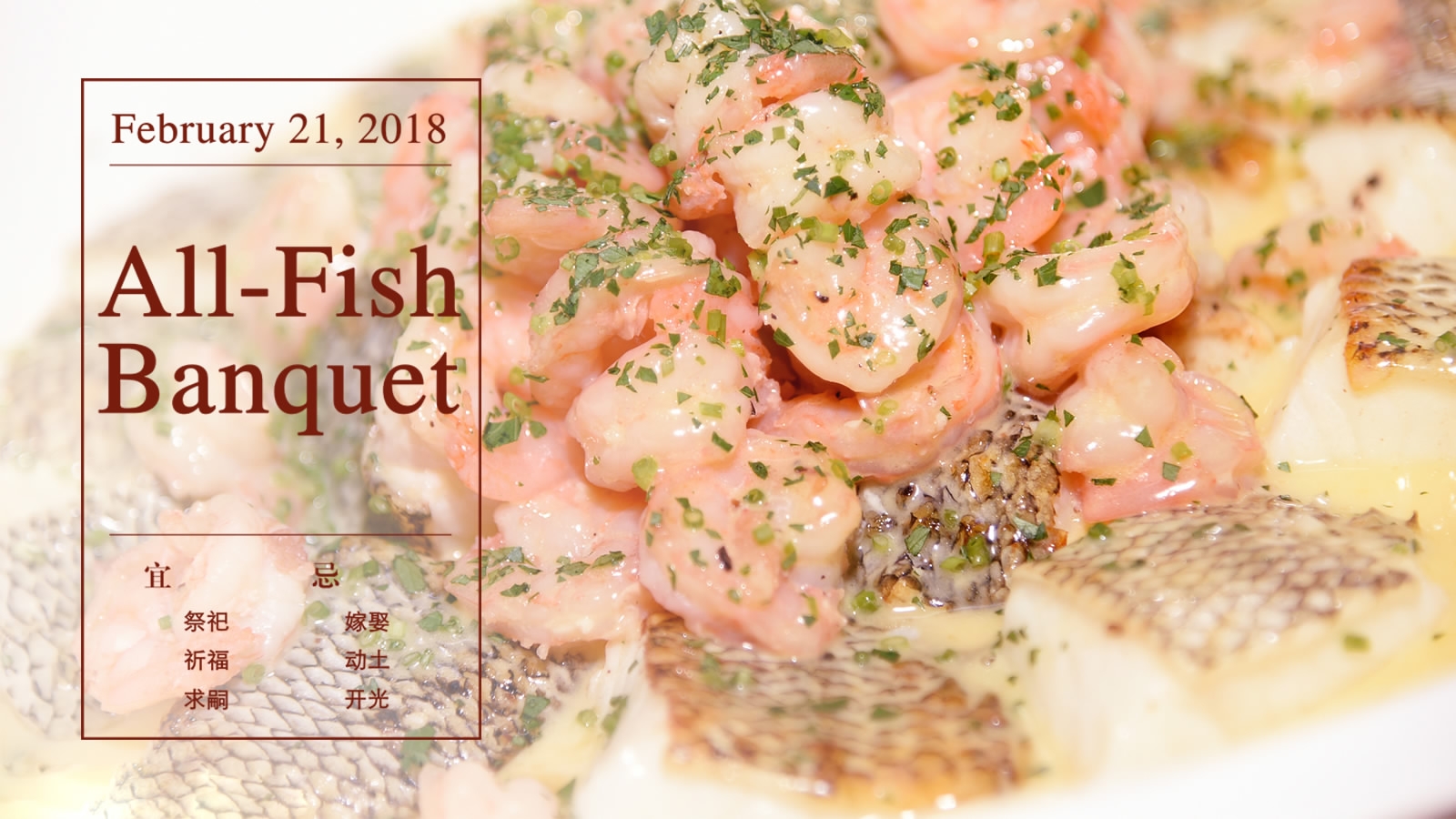

CGTN
CGTN
In the Sanjiang Plain of northeast China's Heilongjiang Province, resides an ethnic minority group whose members mainly live off fishery. They are called Hezhe.

CGTN Photo
CGTN Photo
The Spring Festival has arrived amid subzero temperatures and snow-covered stretches of land. Most people would huddle together around fire and enjoy the holiday, but Hezhe people are springing to work.

Cao Jianhui is a fisherman who practices ice fishing. /CGTN Photo
Cao Jianhui is a fisherman who practices ice fishing. /CGTN Photo
Cao Jianhui, 49, and fellow fishermen are going on an fishing trip.
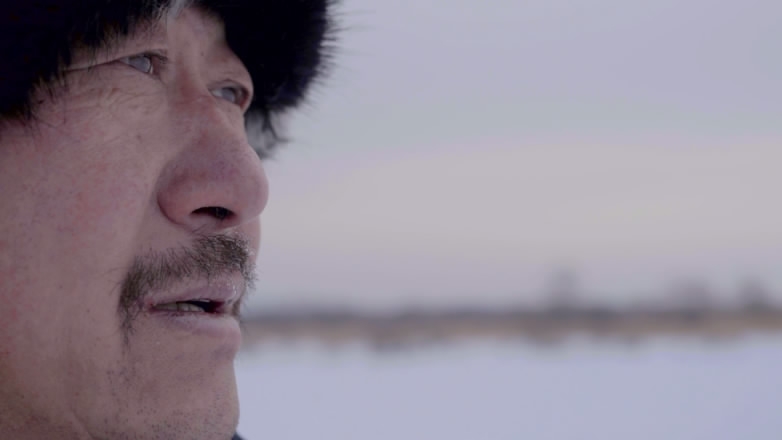
Cao Jianhui. /CGTN Photo
Cao Jianhui. /CGTN Photo
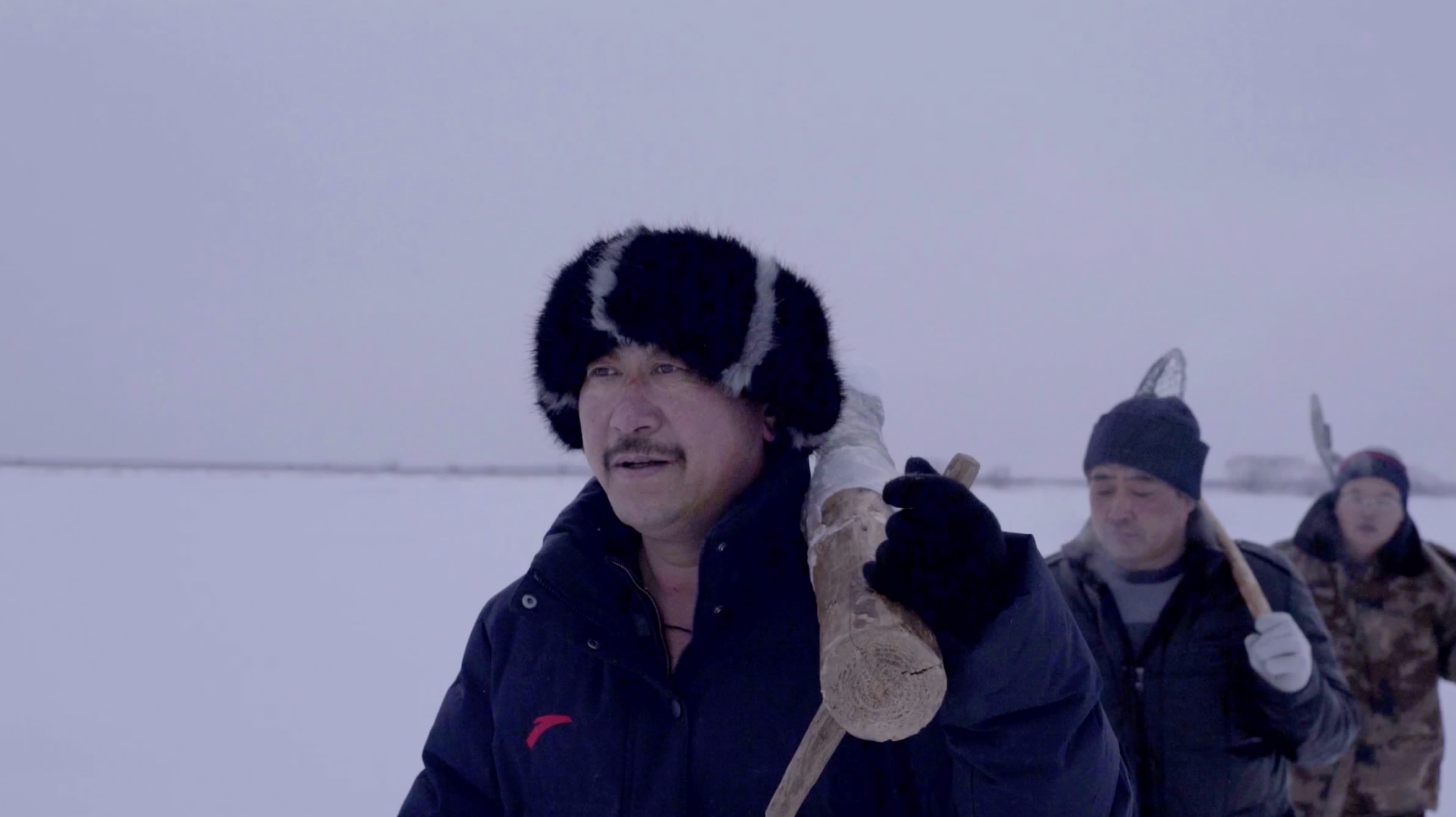
CGTN Photo
CGTN Photo
The ice layer on the Heilongjiang River is meters thick. The fishermen use a heavy chisel to dig an opening in the ice, and cast their net.

CGTN Photo
CGTN Photo
The moment the net quivers, they quickly hoist it up, and toss the catch of the day into a water bucket.

CGTN Photo
CGTN Photo
It's mostly small-scale fishing. But sometimes, they get lucky using a 100-meter-long net, catching thousands of kilos of fish at one time, including salmon and sturgeon.
As they retrace their steps with their trophies back to the village, their children are also on the road back home. It's a tradition for Hezhe people to hold an all-fish banquet to mark the Spring Festival.
Hezhe people are good at fishing, but even better at cooking. The skin, roe, meat and bones of fish can all be turned into delicious dishes. They also use fish skin to make handicrafts and water-proof clothes.
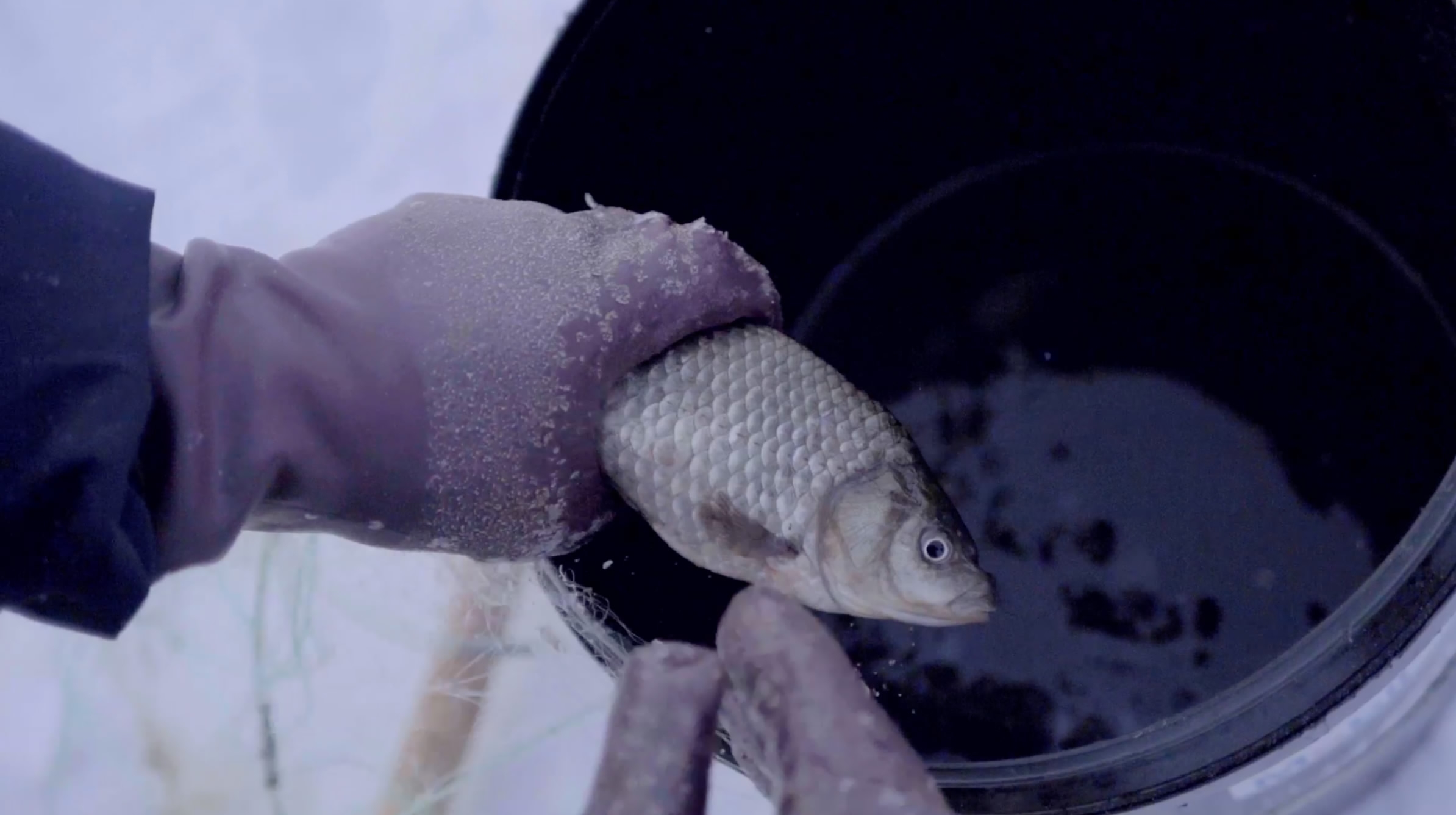
CGTN Photo
CGTN Photo
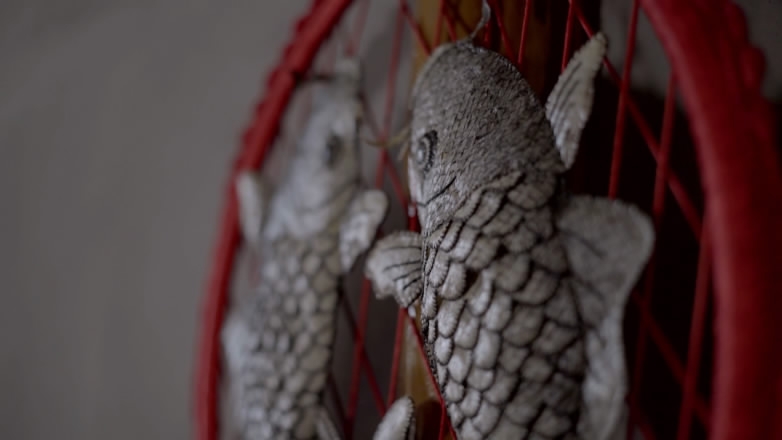
CGTN Photo
CGTN Photo
Big salmon chunks are meant to be fried. The roe is dipped in salted water before being served with spring onion. Bones and potatoes make a perfect stew. And the freshest meat is served raw as sashimi.
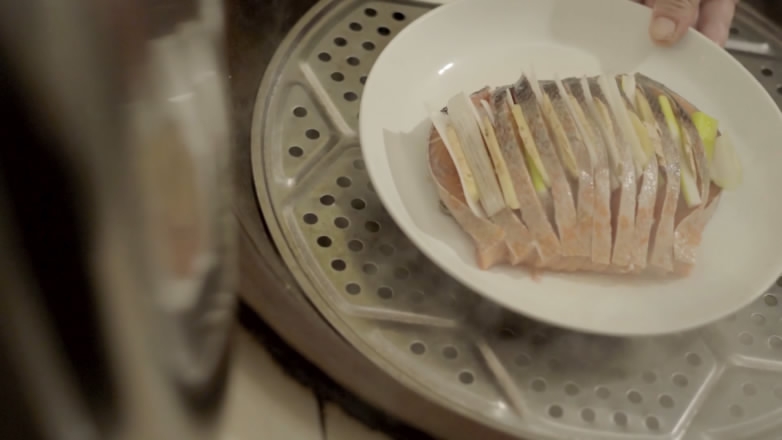
Steamed fish. /CGTN Photo
Steamed fish. /CGTN Photo
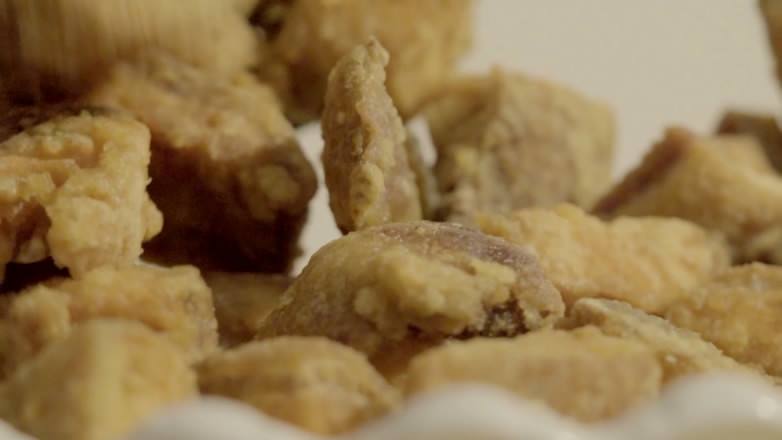
Deep-fried fish. /CGTN Photo
Deep-fried fish. /CGTN Photo
Cao cleans the fish with deftness and skill. He is making the preparations for the Spring Festival banquet.
"We have fish balls, it is a metaphor for reunion. And we have salmon roe which symbolizes prosperity. The crucian is for luck, and the carp for wealth."
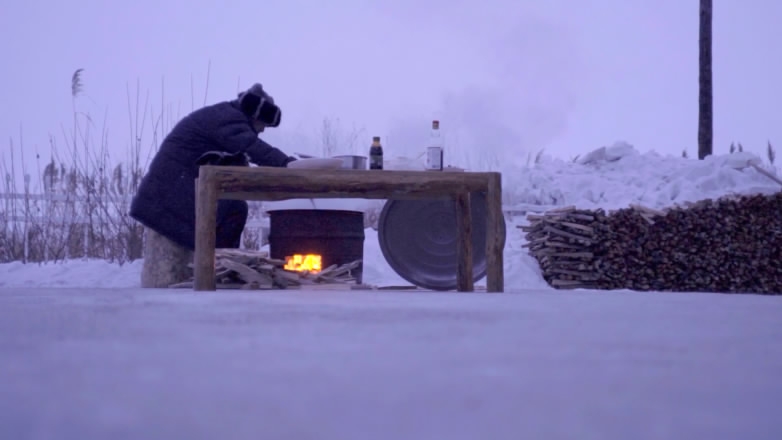
CGTN Photo
CGTN Photo

CGTN Photo
CGTN Photo
Most importantly, the fish should be freshly caught in the wild. "The freshest fish with the strongest liquor" is their motto.
"According to legends, Hezhe people are descendants of mermaids. Fish is essential in our daily life," says Cao.
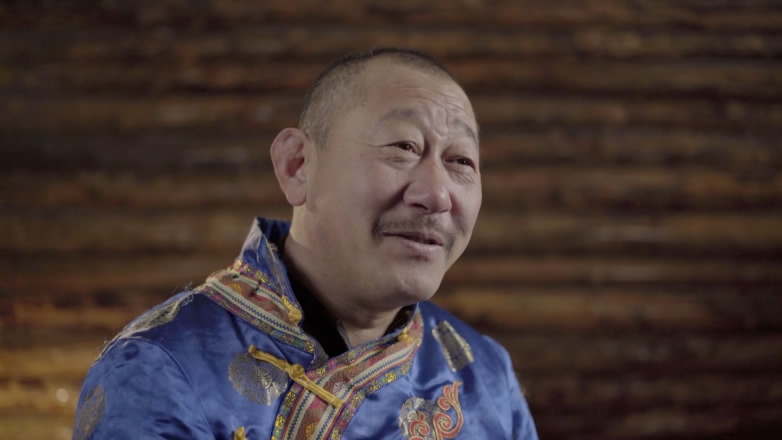
CGTN Photo
CGTN Photo
During his childhood, the Spring Festival meant new clothes, new shoes and firecrackers. This is what Cao, as a young boy, would ask for.
"Now that I'm supporting the family, my only wish is for them to be healthy and happy."
Cao's daughter hasn't been home much since middle school. "I miss her very much. I wish she could stay a little longer."

CGTN Photo
CGTN Photo
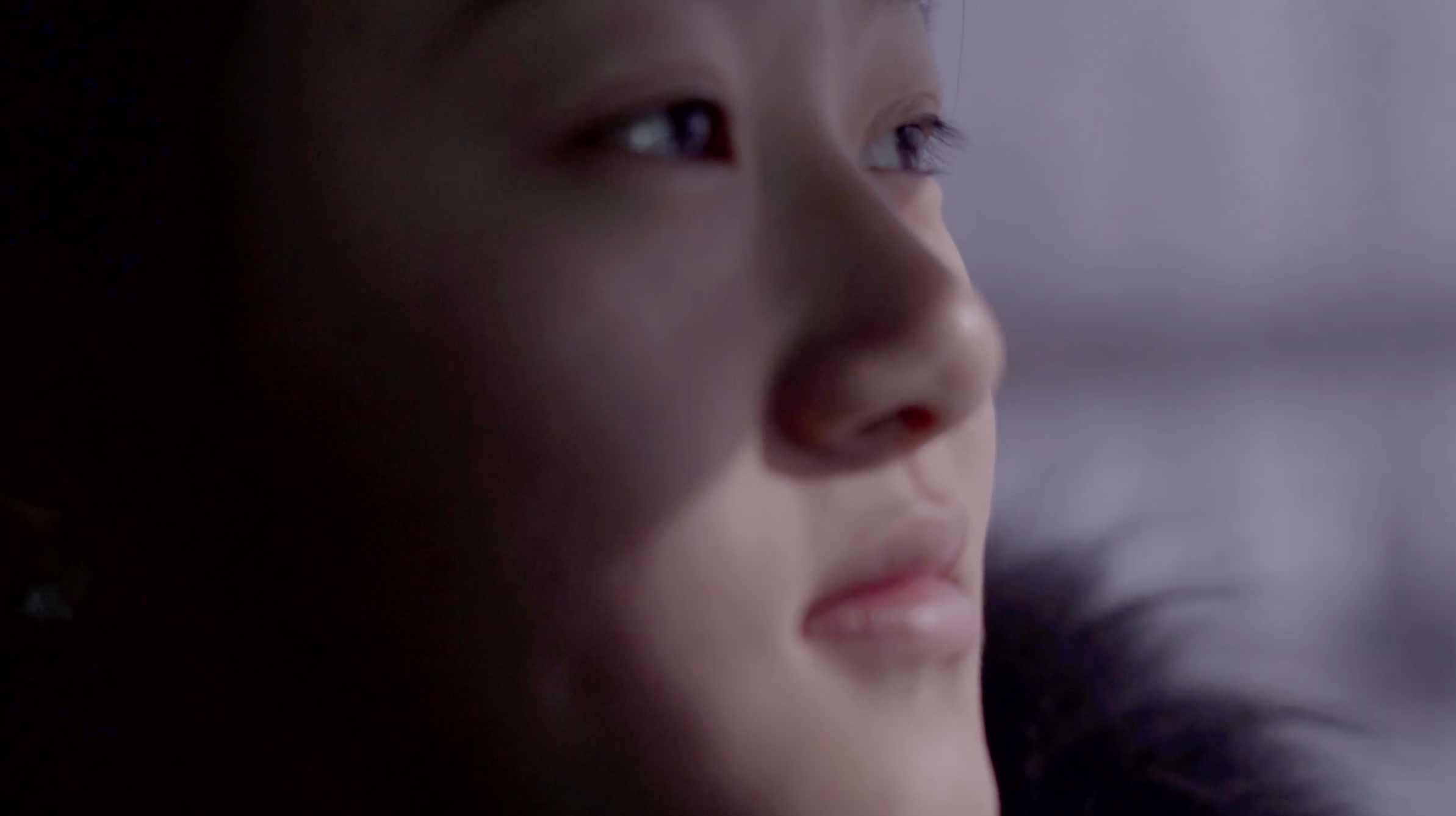
Cao's daughter on her way home. /CGTN Photo
Cao's daughter on her way home. /CGTN Photo
Every Spring Festival, Cao prepares her favorite dishes, such as crab claws and salmon roe.
As night falls, celebrations begin.
"Hezhe people are very hospitable. Every year we gather our friends for drinking, singing and dancing around bonfire."
In the coldness of the winter, the fire brings warmth and relief. Fellow villagers hold hands and form a circle around the fire, performing an ancient Shaman dance. Flags of their totem flutter around.
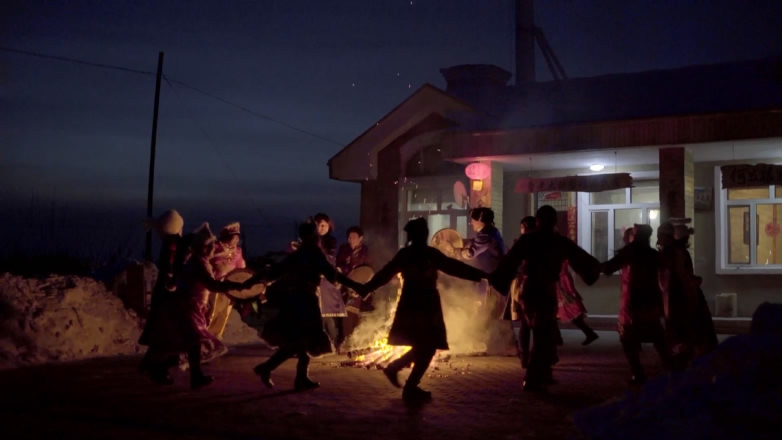
New Year celebrations. /CGTN Photo
New Year celebrations. /CGTN Photo
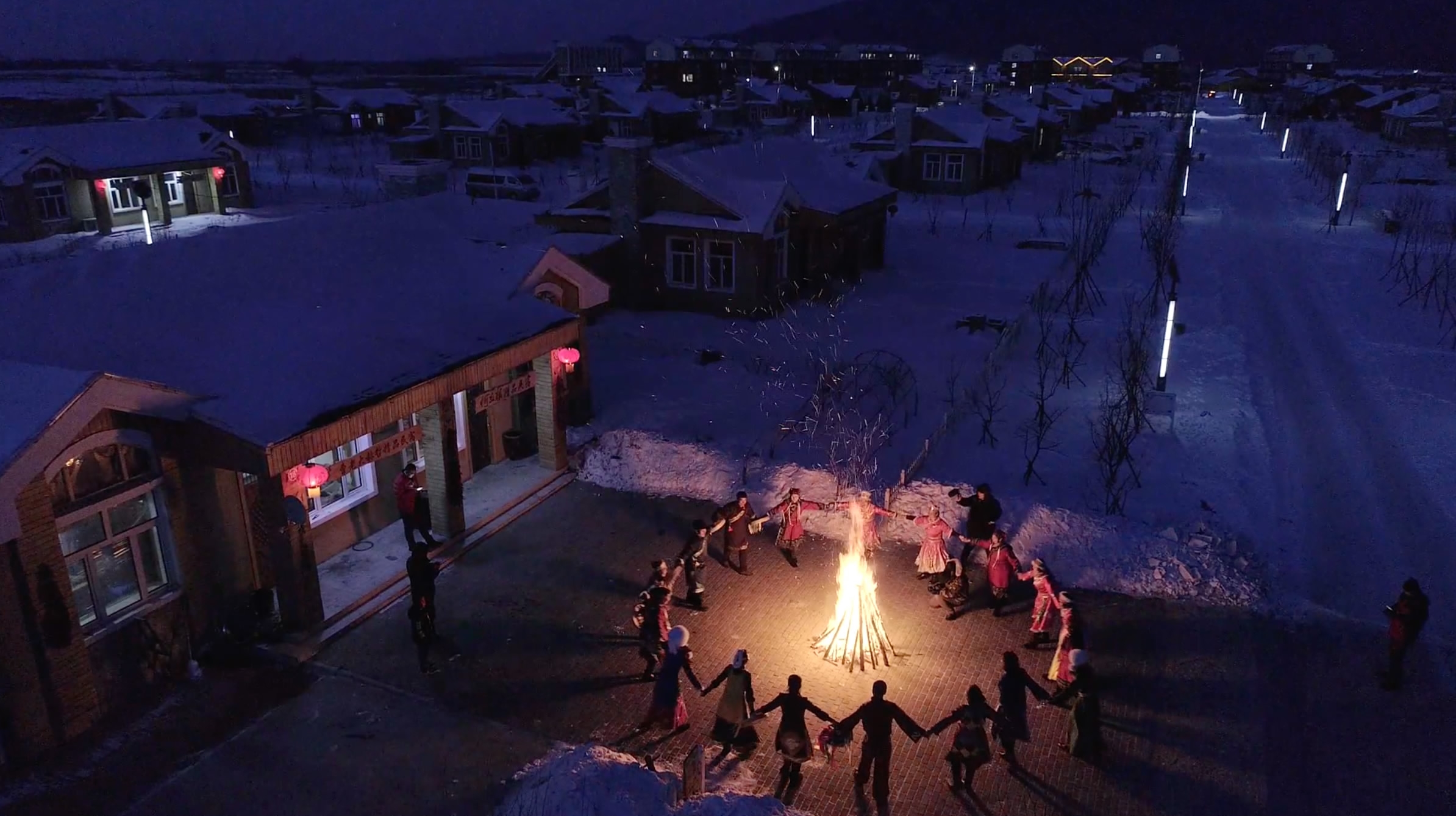
CGTN Photo
CGTN Photo

The story is one in The 1.3 Billion series exploring the diverse lives that make up China.
The story is one in The 1.3 Billion series exploring the diverse lives that make up China.

SITEMAP
Copyright © 2018 CGTN. Beijing ICP prepared NO.16065310-3
Copyright © 2018 CGTN. Beijing ICP prepared NO.16065310-3